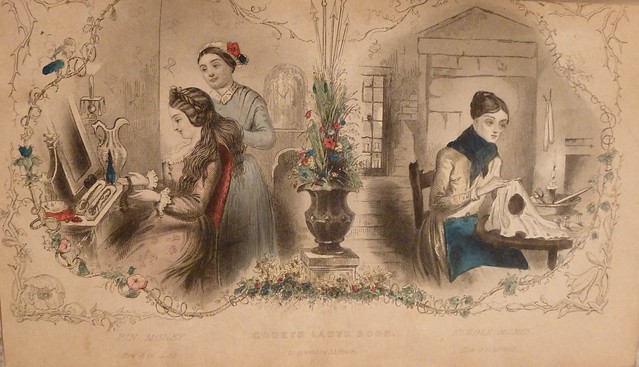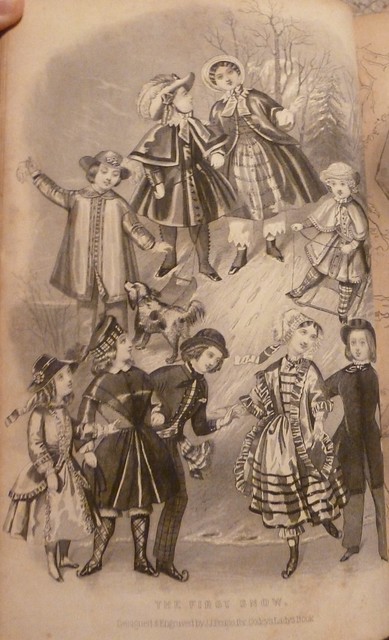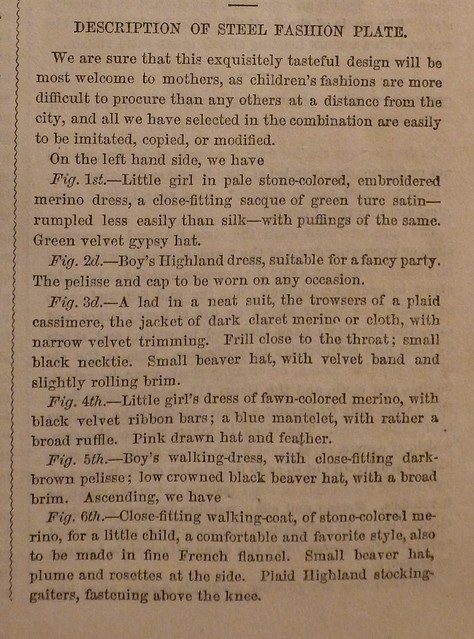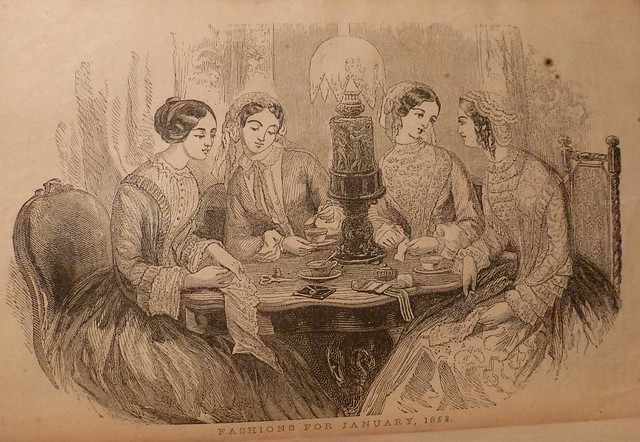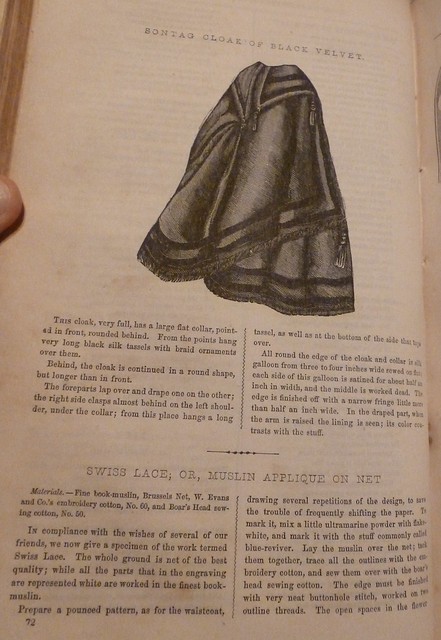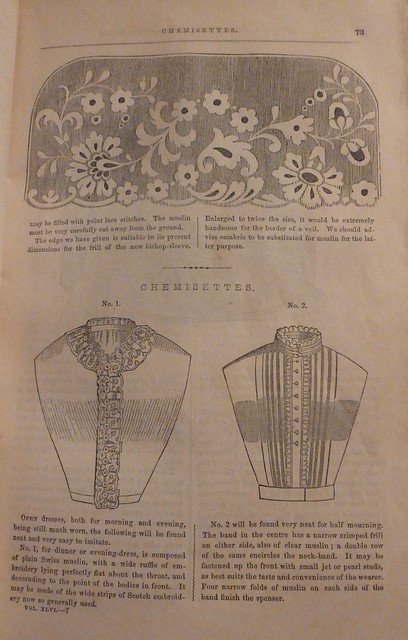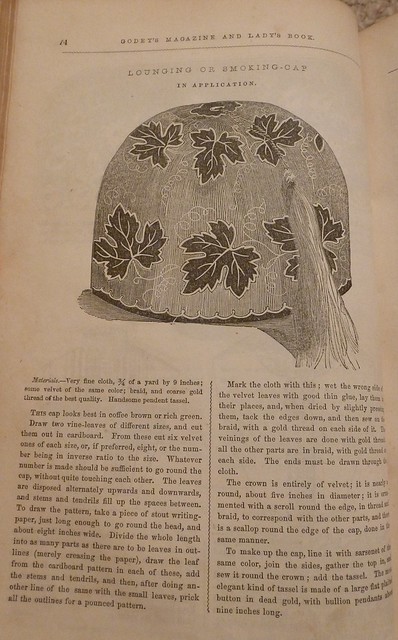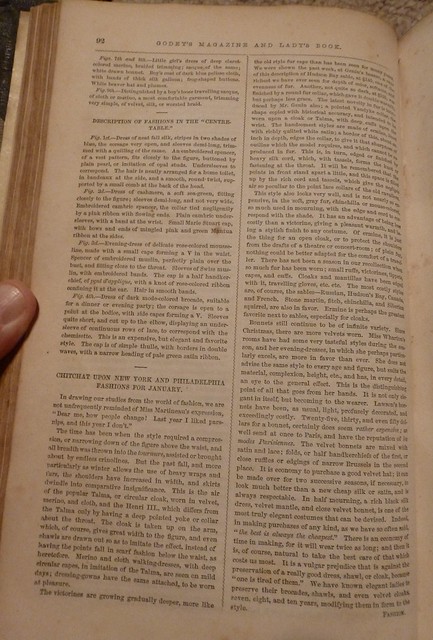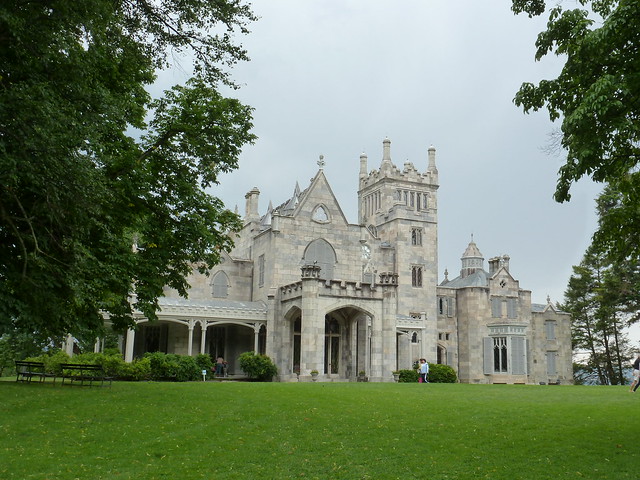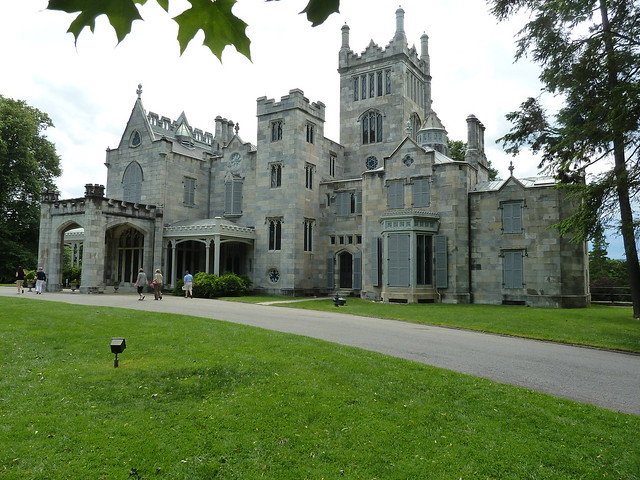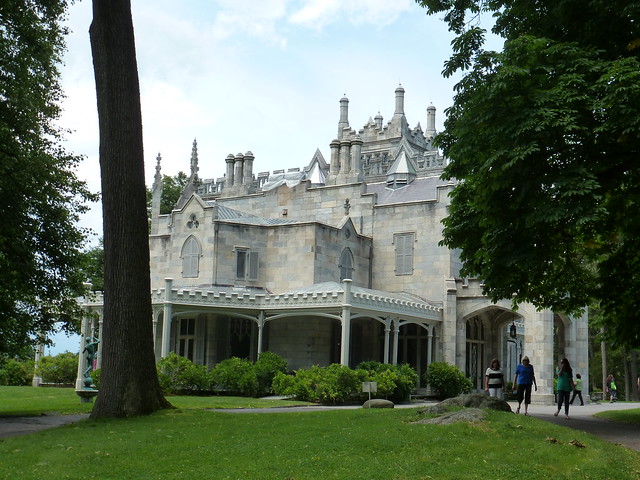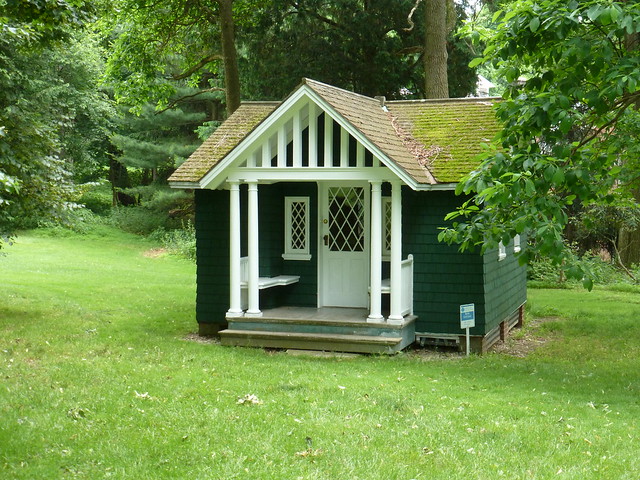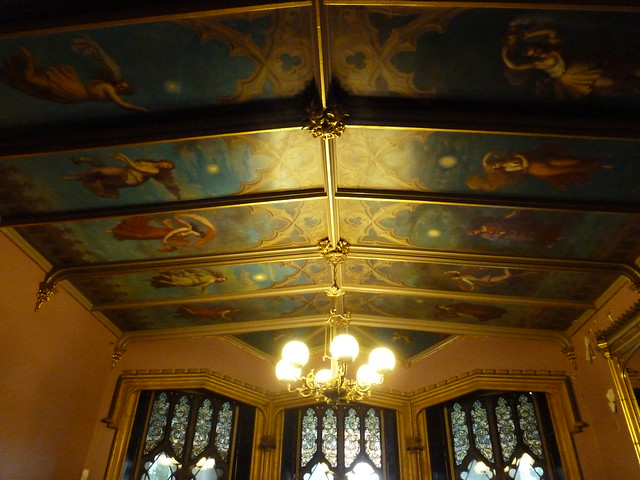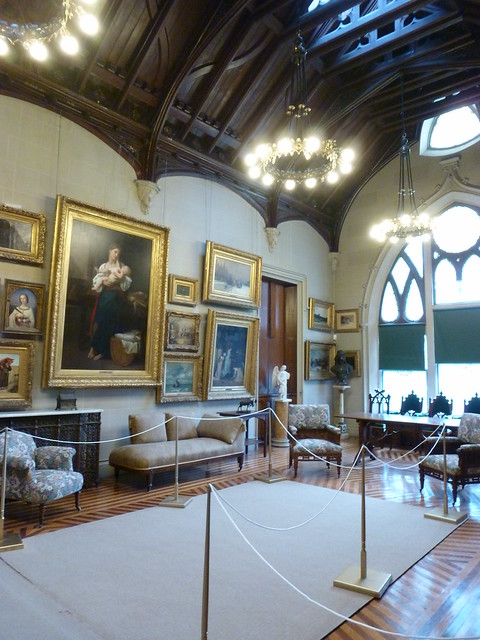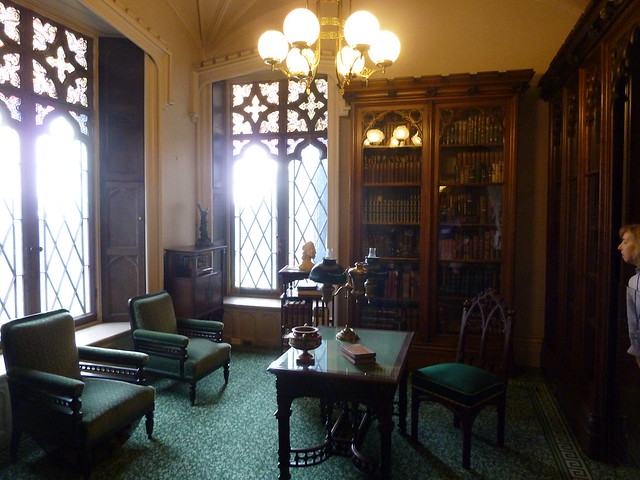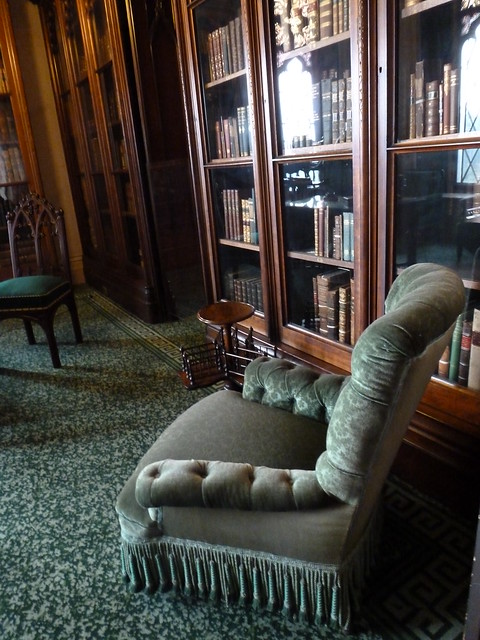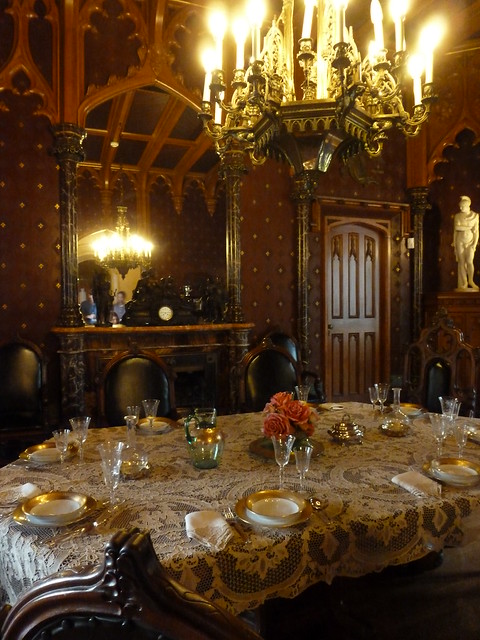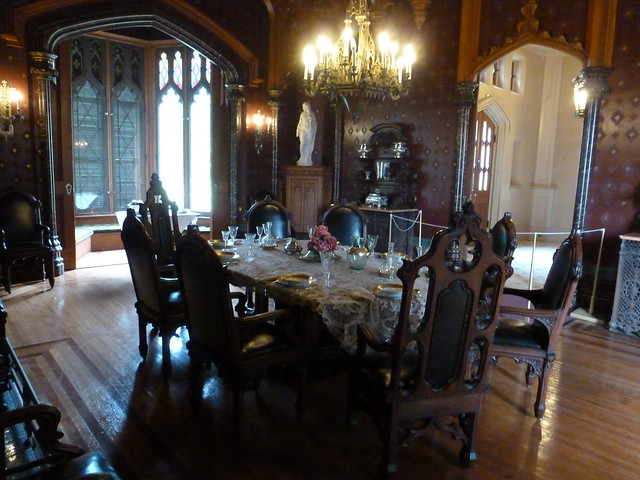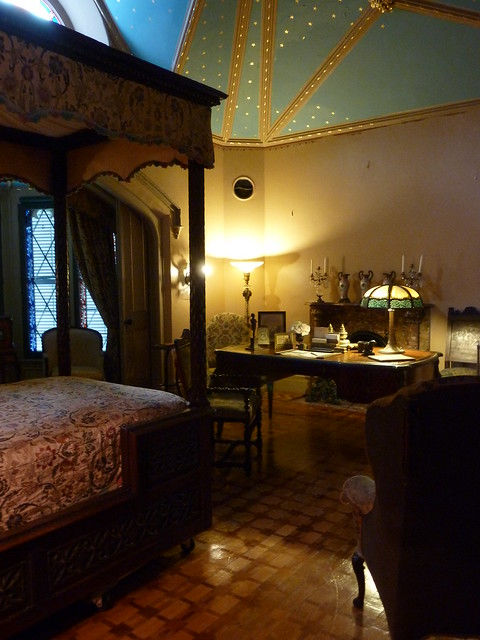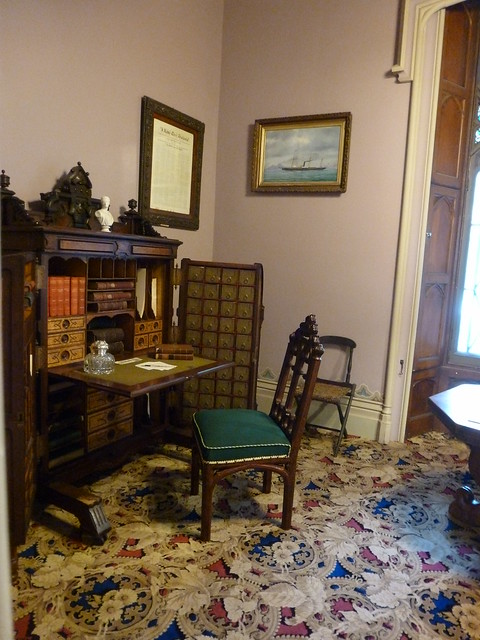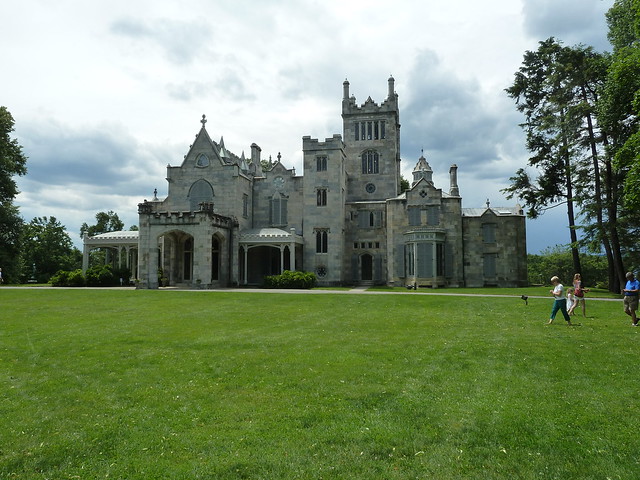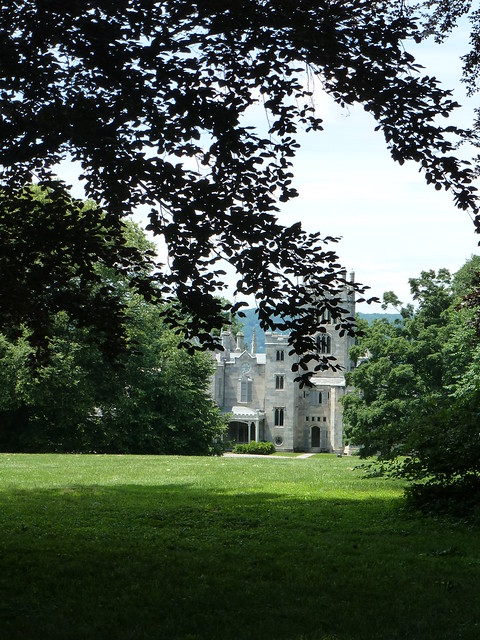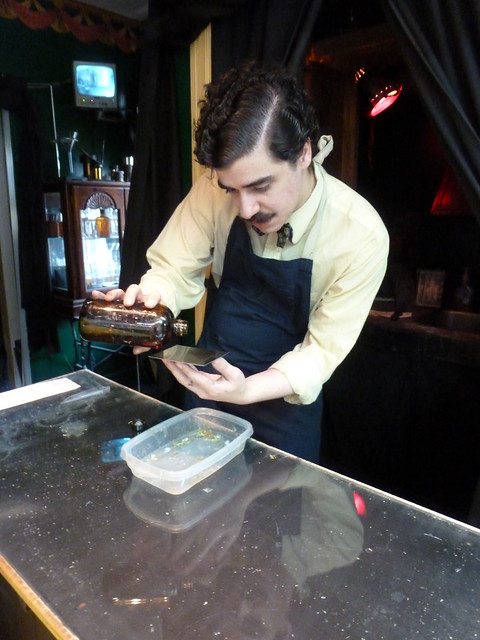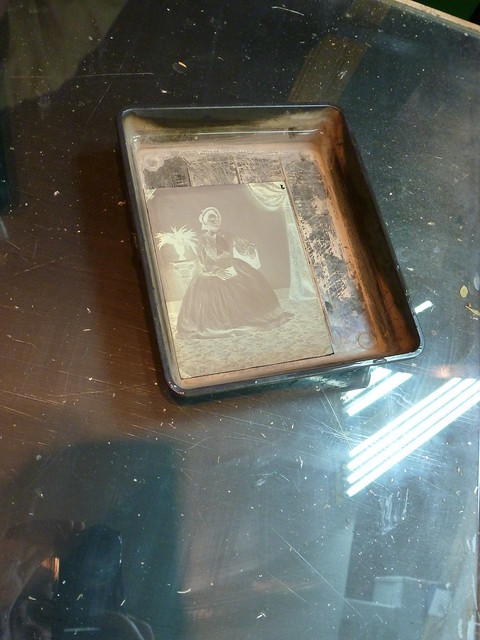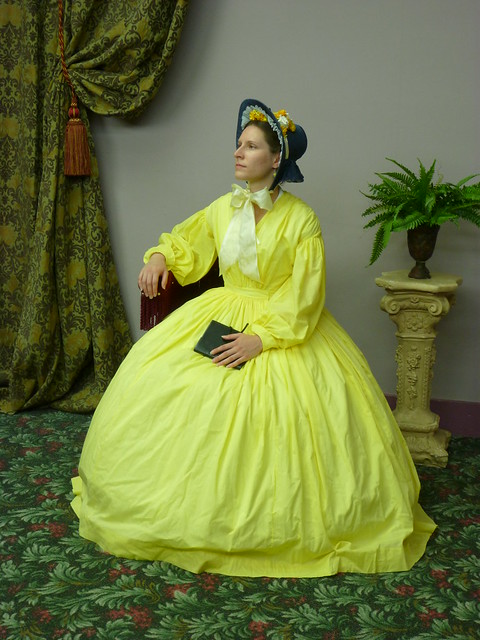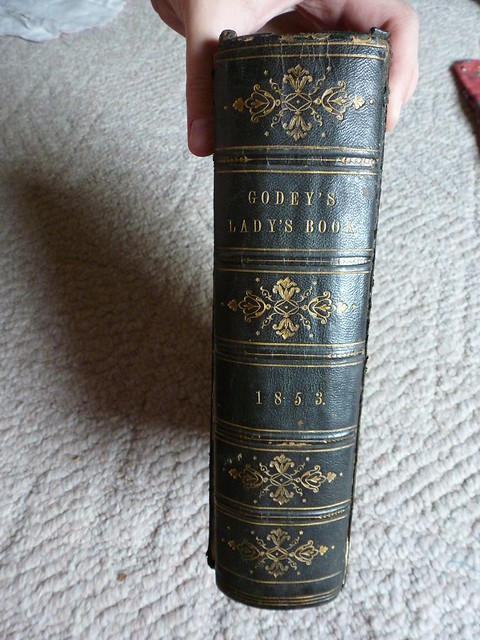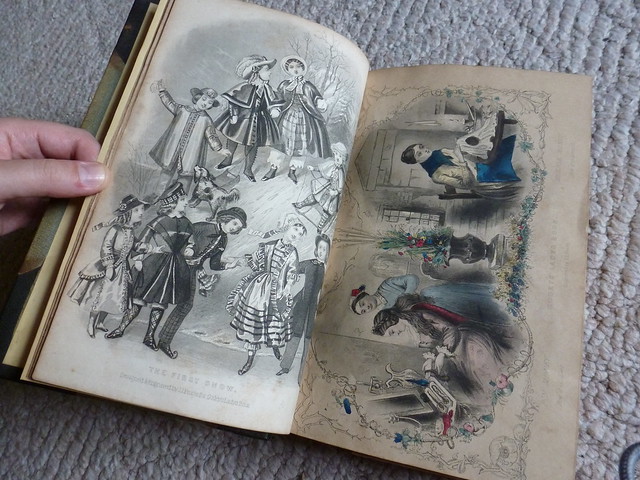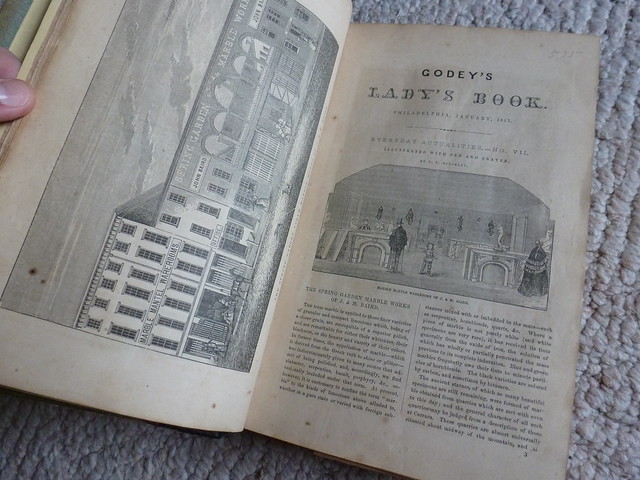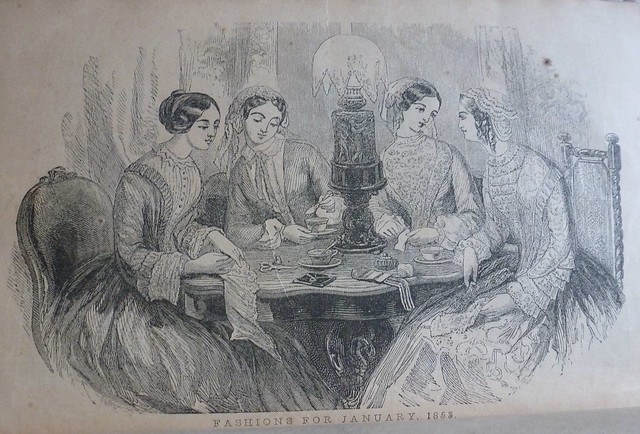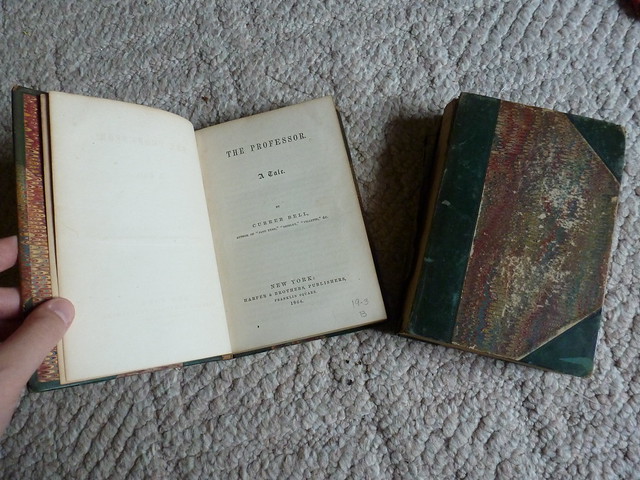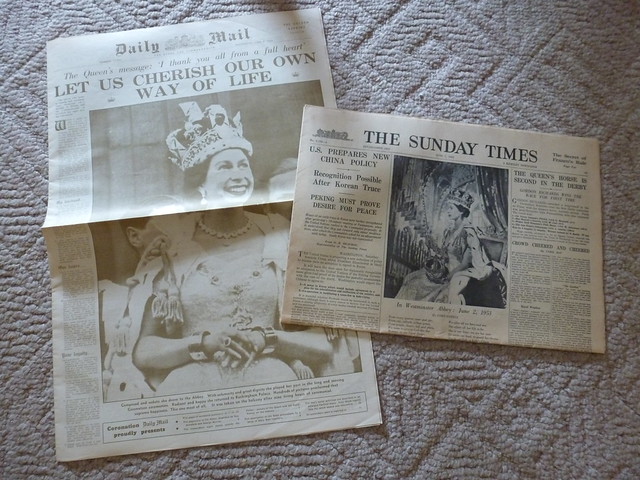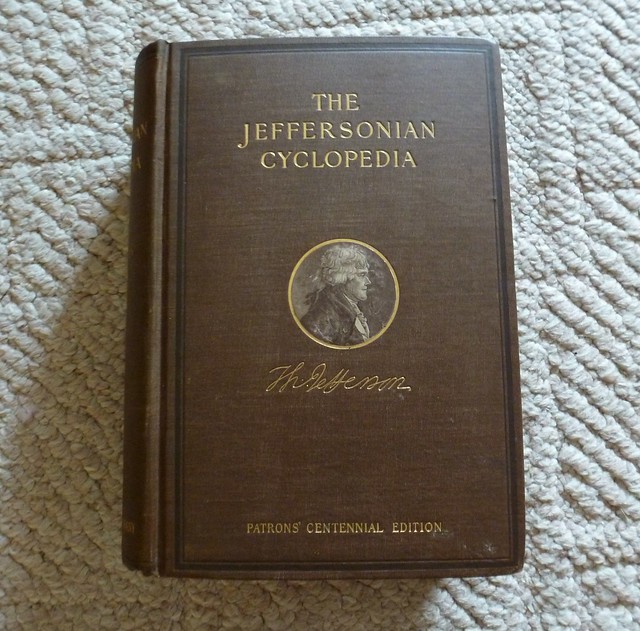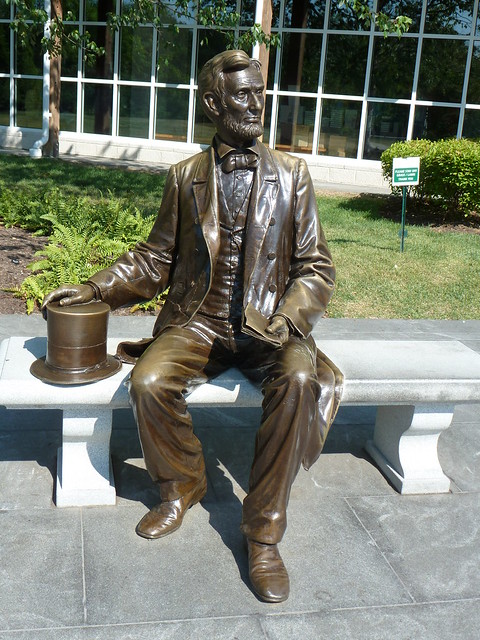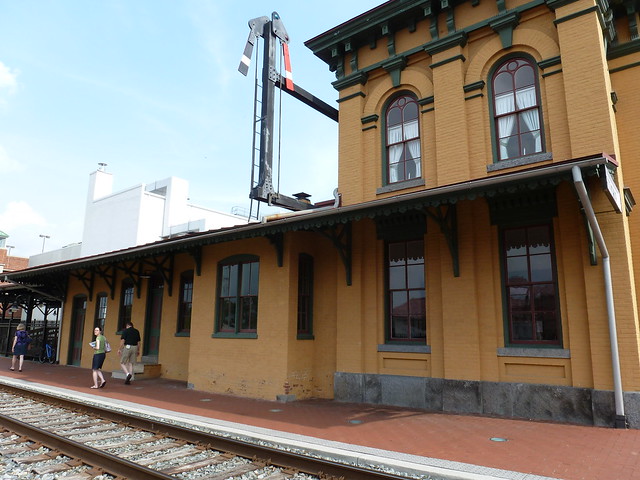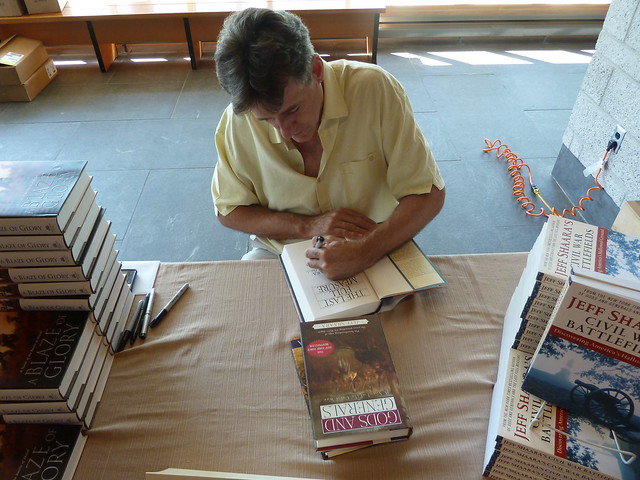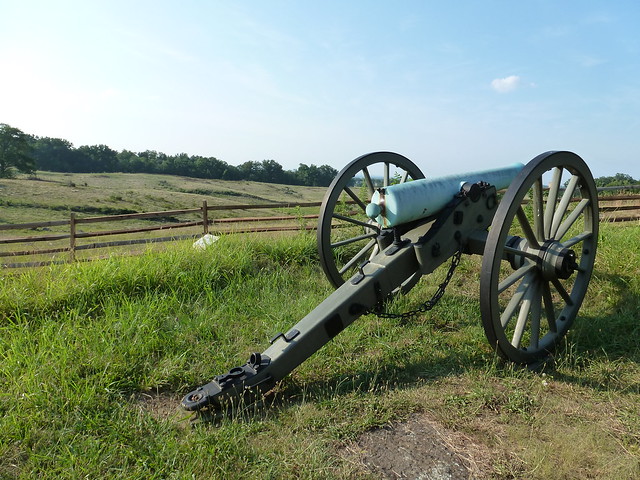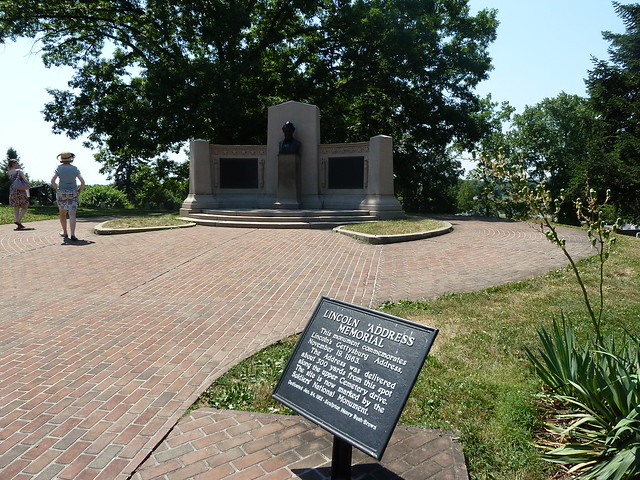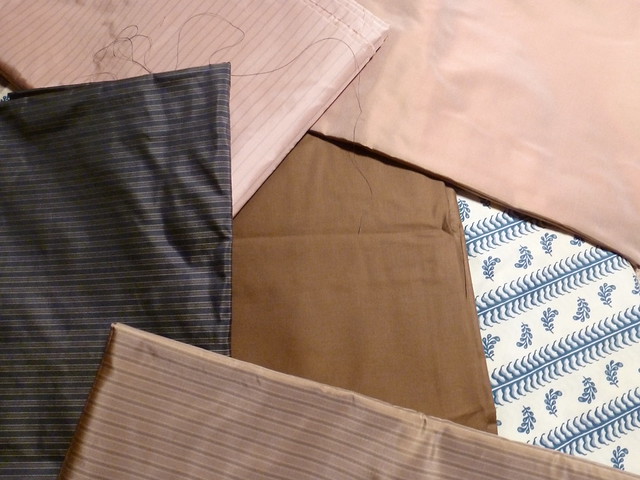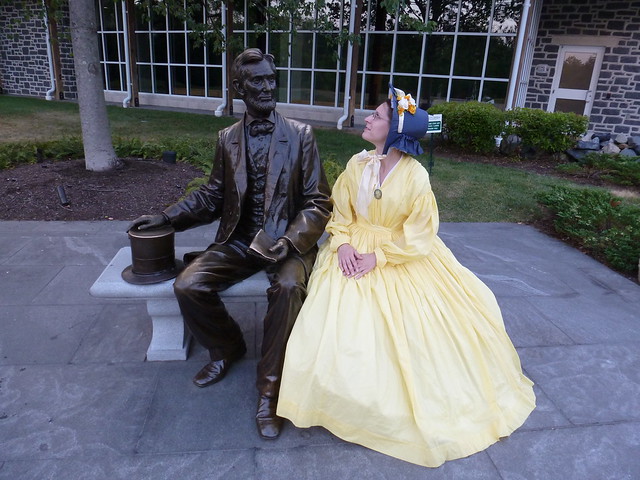This past weekend, we visited Gettysburg, PA for the very first time. As many of you know by now, we've been doing a lot of genealogical research lately and discovered that of the four ancestors we've identified who fought in the Civil War, one (the same one who was at the
Battle of Williamsburg) fought at Gettysburg. After reading about the annual battle re-enactment that happens every July, we decided this summer would be the perfect opportunity to go and tour the battlefield, visit the town, and see the re-enactment.
We arrived on Thursday afternoon and being unfamiliar with the area, made our first stop the
visitor's information center. This was a pleasant surprise in and of itself; in addition to meeting the charming Mr
Frank Orlando, who portrays Robert E. Lee around town, and getting his opinion on the must-see historic sites and museums in the area, we also discovered that the building in which the visitor's center is located is actually the
train station at which President Lincoln arrived on 18 November 1863 to give his Gettysburg Address. As you might expect, like most buildings in town, it served as a field hospital immediately following the battle and is now listed on the National Register of Historic Places.
Gettysburg train station, where Lincoln arrived on 18 November 1863.
After exploring a bit of the historic downtown area, we headed to the
David Wills House, which is where Lincoln stayed whilst in town prior to giving his Address. David Wills was a prominent figure in the community, serving as an attorney and bank president. After visiting the battlefield site just days after the battle with Pennsylvania Governor Andrew Curtin, he was chosen to plan the Soldiers' National Cemetery in honor of the Union men who fought and gave their lives at Gettysburg. Wills commissioned landscape designer and architect William Saunders to design and construct the cemetery, which was to be located on Gettysburg's Cemetery Hill, and invited statesman and renowned orator Edward Everett to give the dedicatory
oration. He also invited President Lincoln to attend and give a brief address. All he asked for were "a few appropriate remarks," but in two and a half minutes, he got one of the most famous and moving speeches ever delivered. Everett's speech, on the other hand, lasted over two hours, and he famously wrote to the President following the ceremony to confess that, "I wish that I could flatter myself that I had come as near to the central idea of the occasion in two hours as you did in two minutes."
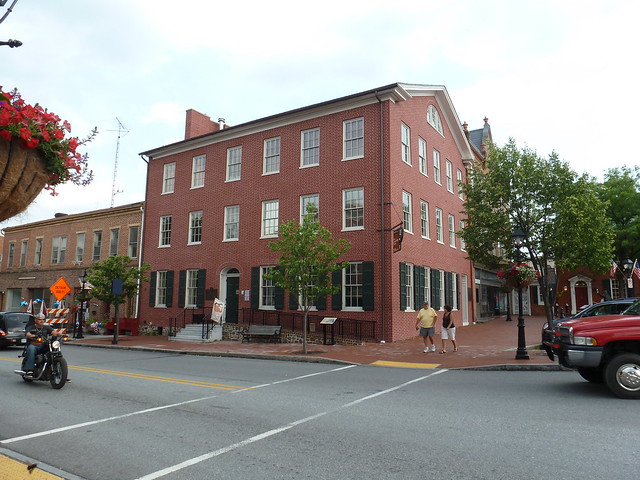
The
museum, whose doors opened in 2009, is a very recent addition to the Gettysburg National Military Park and its modern exhibit space supplies a subtle, effective backdrop against which to tell one of the most memorable parts of our nation's Civil War story. The structure was built around 1814 and has been restored to its 1863 exterior appearance, but the passage of time and the various usages to which the building was put for more than 150 years virtually erased much of the original details inside the home. Two rooms have been recreated to interpret their appearance during Lincoln's visit, including the bedroom where he slept and put the finishing touches on his speech the night before the cemetery's dedication on 19 November 1863.
David Wills' office, reconstructed to represent its
appearance during Lincoln's 1863 visit.
The reconstructed bedroom where Lincoln slept the evening prior to giving
his Gettysburg Address. The bed and some of the furniture is original to the room.
The remainder of the museum uses artifacts, documents, and two beautifully-produced films to tell the poignant story of the Wills family, to memorialize the instrumental role David Wills played in bringing about not only the consecration of Soldiers' National Cemetery but also that "brief but immortal speech" that gave heart to a nation torn in two, and the meaning and enduring effect Lincoln's words continue to have.
Friday we were up early to visit the battlefield at
Gettysburg National Military Park. Here we encountered another (very lucky and incredibly special) surprise: author
Jeff Shaara autographing copies of his books in the visitor's center! After meeting him and asking him to sign his Civil War trilogy for us, we headed outside to see one of the Park's living history programs.
Author Jeff Shaara autographing copies of his Civil War trilogy.
Through the tremendously moving first-person interpretation of a reenactor, we heard the voice of Private William Ward of Alabama come alive as he recounted his experiences of the battle and the aftermath of Gettysburg. The presentation was so well-researched, based largely off a speech given by Ward years after the war, and one of the most impressive first-person performances we've ever seen. Kudos to the NPS for offering such a fantastic and unique program.
Gettysburg National Military Park
Panoramic view of the battlefield and Big Round Top.
We spent the remainder of the morning and afternoon driving through the park, exploring the many monuments and climbing a couple of the observation towers to capture some sweeping views of the vast landscape that was the battlefield in July of 1863. We also visited Soldiers' National Cemetery and the site of the Gettysburg Address and located the monument to the fallen of NY, the state from which our ancestor's regiment hailed.
Soldiers' National Cemetery
Gettysburg Address Memorial at Soldiers' National Cemetery.
Then we headed into town to tour the
Shriver House Museum (more on this in its own upcoming post) and to do a little nineteenth-century shopping, which included a stop at
Dirty Billy's Hats, where Ashley acquired a new felt spoon hat and I drooled over a display of some of the most gorgeous bonnets (talk about bonnet art, oh they were soooo pretty). Then we drove just outside of town to visit fabled
Needle and Thread where...well, do I really have to say it?...where we each spent more money than was good for either of us. But talk about a historical sewer's vision of heaven. If I dreamed in landscapes of fabric, it would look like that. Oh, what I wouldn't give to live close enough to frequent that store (although it's probably a good thing for my wallet that I don't...!). Here's a sneak peak at some of the treasures we found. We'll leave it to your imaginations to guess what all of this is destined to become!
Ooooo, faaaaabric...:-)
That evening, we went back into town to the
Victorian Photography Studio to have a tintype made. I put in a valiant effort to finish my 1860s attire in time, but due to a sudden onset of unforeseen, life-consuming quantities of work, I sadly wasn't able to do it, so Ashley decided to go ahead and do it on her own. I'll leave this experience to her to share in a subsequent post. Following that, while she was dressed for the period, we drove back over to the National Park so that Ashley could pay proper homage to her second-favorite president and birthday buddy Abe Lincoln. She decided he's considerably more imposing and serious in his memorialized bronze state than his Thomas Jefferson equivalent in Williamsburg. :-)
Abe and Ashley
Saturday...well, that's deserving of a post all its own, so check back for the summary of the re-enactment! Let's just say it was HOT. Very, very, very hot. But more on that to come...!

